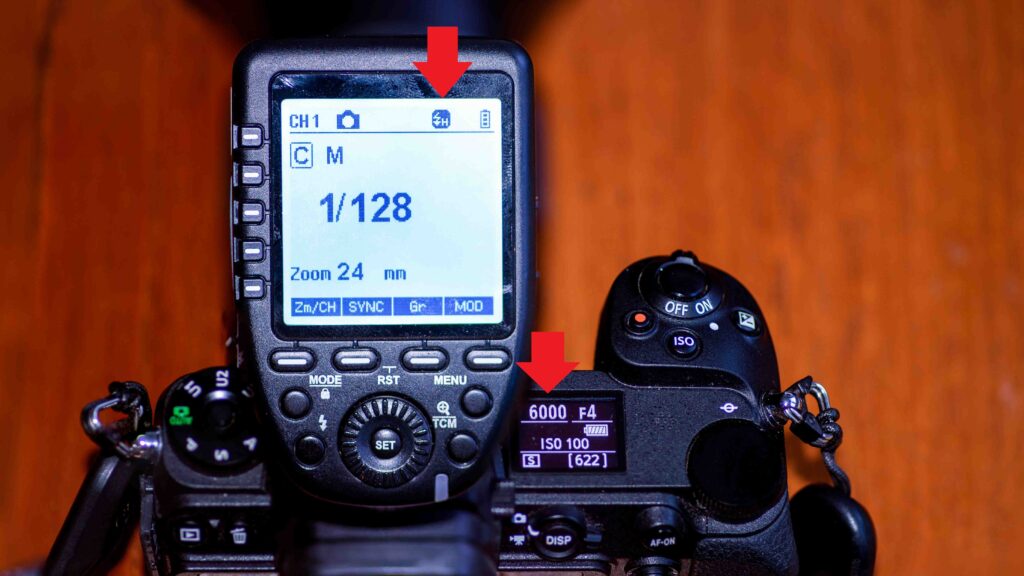High Speed Synchronization
High Speed Synchronization (HSS) is an automated feature whereby the flash fires a series of bursts to expose a single image. It is rather taxing for the the flash to work in HSS mode, as several bursts are needed per image and this puts a big demand on the battery in particular.
In many cases HSS is not necessary. If you are shooting at shutter speeds up to around 1/200th of a second or slower, then all is good. The problem comes when you go beyond the camera’s flash sync speed. You need to check the flash sync speed for your specific camera, but it is typically around 1/200th of a second.

When you shoot beyond the flash sync speed, the mechanical shutter in the camera will not expose the entire sensor at any point in time. The camera has 2 curtains, one that exposes the sensor and another that covers it (rear curtain). For slow shutter speeds, there will be a point in time when the first curtain has exposed the full sensor, but the rear curtain has not started to move yet. When you go beyond the flash sync speed, the rear curtain starts moving before the first curtain has revealed all of the sensor. So the first and rear curtain move in parallel across the sensor, and only expose a small fraction of the sensor at any given time.
If the flash is fired only one time when shooting beyond the flash sync speed, the light of the flash will only make it through to a fraction of the sensor and you get black bars in the frame. HSS makes sure to fire the flash several times as the two curtains move across the sensor and this way all of the frame gets light from the flash.
My Nikon Z6ii blocks me from going beyond 1/200th of a second in manual exposure mode when using a transmitter mounted on the camera, even when shooting in TTL mode. Only if I switch on HSS on the transmitter, will it allow me to go beyond 1/200th of a second. When the flash sits directly on the camera, the flash and camera based on the shutter speed figure out if HSS is needed and turn it on/off as appropriate without involving me in the decision.
